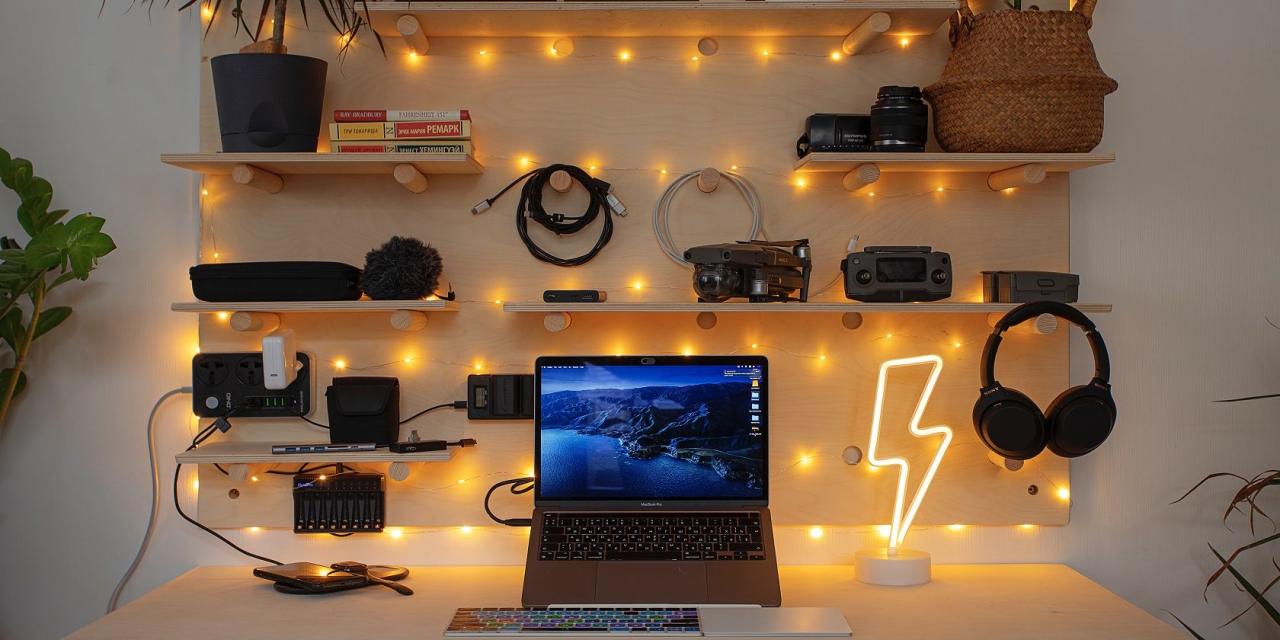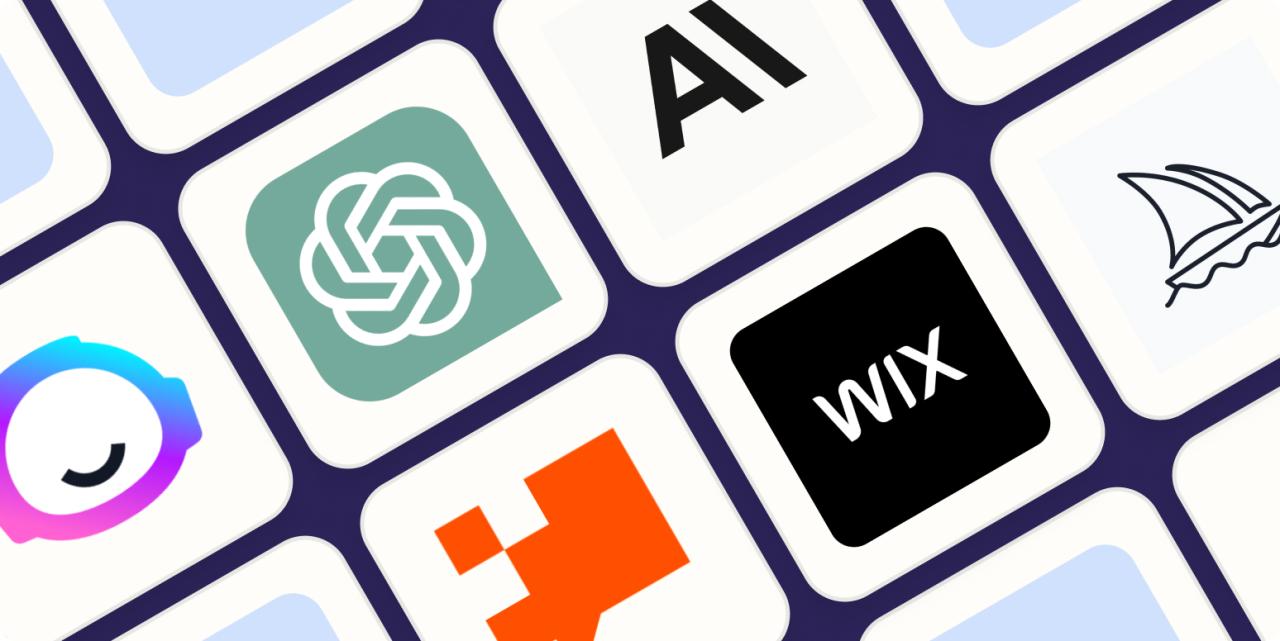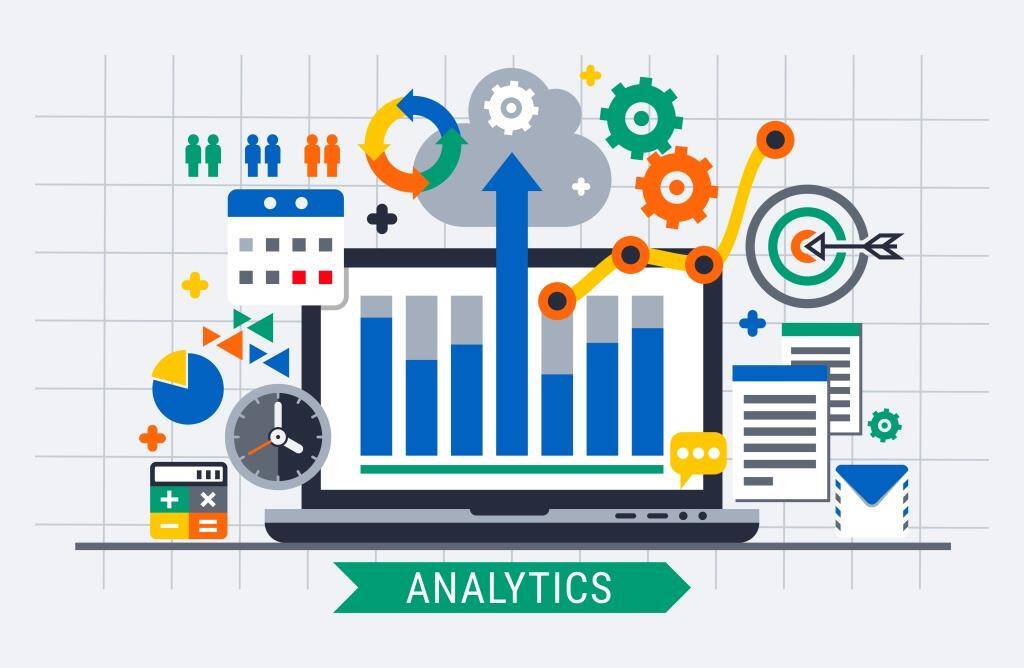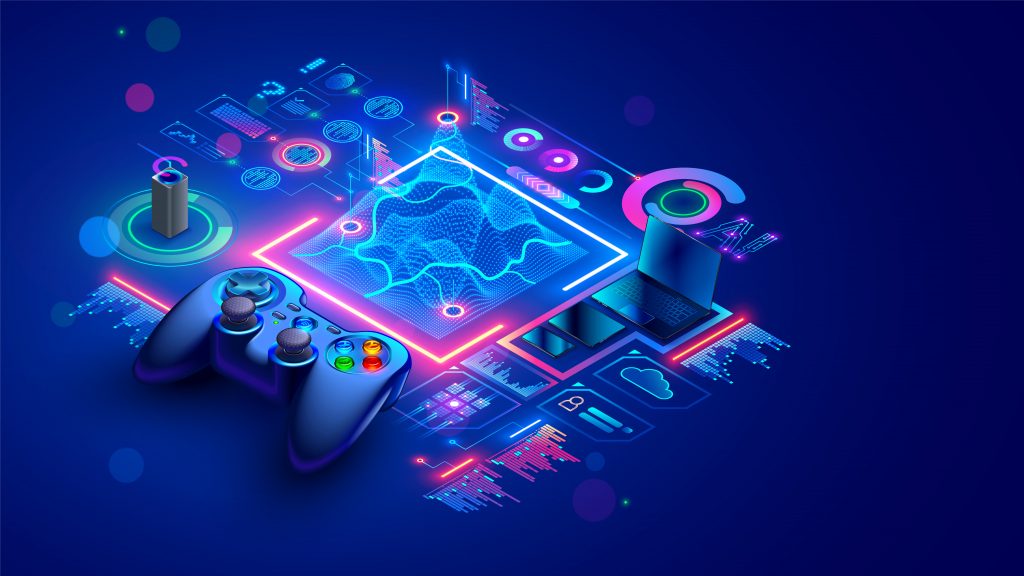Virtual Reality Toolkits Evolve and Build Worlds
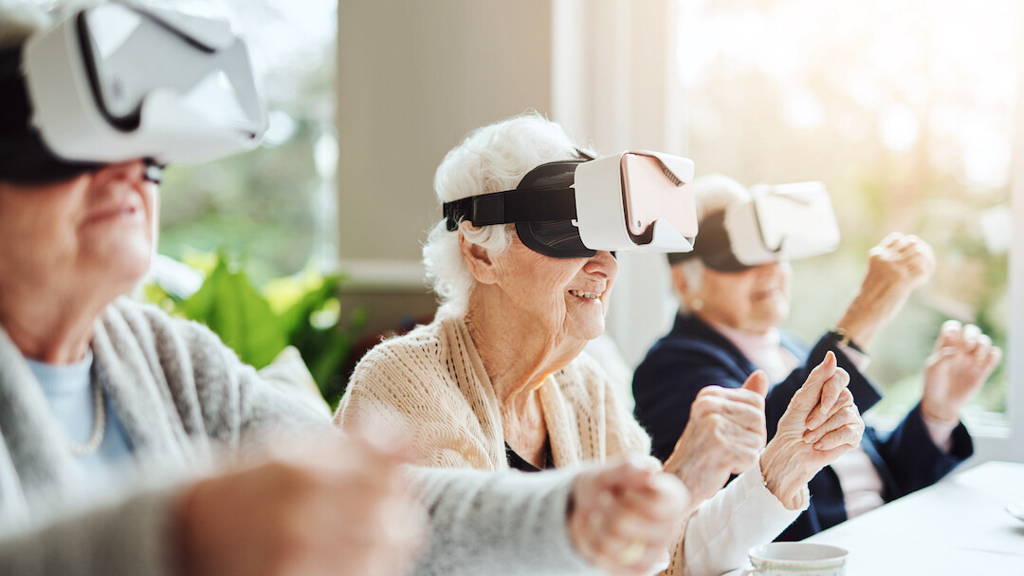
The boundary between the physical and digital realms is blurring at an astonishing pace, nowhere more evidently than in the burgeoning field of Virtual Reality (VR). What began as a niche technology for specialized applications has rapidly matured into a powerful medium for gaming, education, design, and professional training. At the heart of this explosive growth lies the continuous evolution of Virtual Reality toolkits – the sophisticated software and hardware ecosystems that empower developers, artists, and innovators to design, build, and deploy immersive virtual worlds. These aren’t just mere applications; they are the fundamental instruments that transform abstract concepts into compelling, interactive, and believable realities.
This comprehensive article delves deep into the dynamic landscape of VR development, exploring the core technologies that fuel its rapid advancements and their transformative impact across diverse industries. We will uncover how powerful game engines, intuitive authoring tools, advanced programming interfaces, and specialized hardware are converging to create a future where VR content is not only more realistic and interactive but also more accessible to a broader range of creators. Our aim is to provide a detailed roadmap for understanding this exciting frontier, highlighting the benefits, the challenges, and the immense potential of leveraging these cutting-edge toolkits to shape tomorrow’s immersive experiences.
The Genesis of Immersion

The concept of virtual reality dates back decades, with early pioneers envisioning immersive experiences. However, the initial hardware was bulky, expensive, and often caused motion sickness. The software tools were proprietary, complex, and required highly specialized knowledge. The modern VR revolution truly began in the 2010s with the resurgence of accessible headsets and, critically, the democratization of powerful development tools.
Early VR development was akin to building a house with raw materials and no blueprints. Developers had to code every interaction, every visual element from scratch. The turning point came with the adaptation of existing game engines and the creation of specialized VR SDKs (Software Development Kits). These toolkits provided pre-built components, simplified programming interfaces, and streamlined workflows, significantly lowering the barrier to entry for creators.
Today, VR toolkits are highly integrated, offering comprehensive solutions for every stage of the development pipeline, from initial concept and 3D modeling to complex interaction design, performance optimization, and deployment across various VR platforms. This evolution has transformed VR from a niche technical challenge into a thriving creative industry.
Key Categories of VR Toolkits
A complete VR toolkit encompasses a range of software and hardware elements, each playing a crucial role in bringing virtual worlds to life.
A. Game Engines and Development Platforms
These are the foundational software environments where virtual worlds are built and programmed.
- Unity:
- Purpose: One of the most popular and versatile real-time 3D development platforms. It’s an industry standard for VR, capable of creating a wide range of interactive experiences, from games to architectural visualizations and training simulations.
- Features: Visual scripting (Bolt), robust asset store, extensive documentation, cross-platform deployment (Meta Quest, SteamVR, PlayStation VR, Pico, etc.), and a vast community. Its VR-specific templates and components accelerate development.
- Unreal Engine (Epic Games):
- Purpose: Renowned for its cutting-edge photorealistic graphics and advanced rendering capabilities, making it ideal for high-fidelity VR experiences, architectural walkthroughs, and cinematic VR.
- Features: Blueprint visual scripting, Lumen (real-time global illumination), Nanite (virtualized micropolygon geometry), MetaHumans (realistic digital humans), and strong support for high-end VR headsets. It’s often chosen for experiences demanding top-tier visual fidelity.
- Other Platforms:
- Godot Engine (Open-Source): Gaining traction as a lightweight, open-source alternative with growing VR support.
- WebXR: A web standard allowing VR/AR experiences to be created and accessed directly in a web browser, democratizing access without requiring dedicated app downloads.
B. VR-Specific Software Development Kits (SDKs)
These provide the necessary libraries and tools to interact with specific VR hardware.
- Meta SDKs (Oculus Integration/OpenXR): Essential for developing applications for Meta Quest headsets, providing access to features like hand tracking, Passthrough (mixed reality), guardian system, and performance optimization tools. Increasingly moving towards OpenXR, an open standard for VR/AR development.
- SteamVR Unity Plugin/OpenVR SDK: Critical for developing content for PC VR headsets compatible with SteamVR (e.g., Valve Index, HTC Vive, Pimax), providing access to controller input, tracking data, and headset display management.
- PlayStation VR2 SDK: Specific tools and APIs for developing games and experiences optimized for the PlayStation VR2 headset on PS5, leveraging its unique features like haptic feedback in the headset and eye tracking.
- OpenXR: An open, royalty-free standard that aims to simplify AR/VR development by providing a single API that works across various devices, reducing vendor fragmentation and improving portability for developers. Its growing adoption is a significant breakthrough.
C. 3D Modeling and Content Creation Tools
To build believable virtual worlds, robust 3D assets are indispensable.
- Blender (Open-Source): A free and open-source 3D creation suite that has become a professional-grade tool for modeling, sculpting, animation, rendering, and texturing. Its comprehensive features make it invaluable for creating VR assets.
- Autodesk Maya/3ds Max: Industry-standard commercial software for high-end 3D modeling, animation, and rendering, widely used in game development and film, capable of producing detailed assets optimized for VR.
- ZBrush: Specializes in digital sculpting, allowing artists to create highly detailed organic models with millions of polygons, often used for characters and creatures in VR experiences.
- Substance Painter/Designer (Adobe): Tools for creating realistic textures and materials for 3D models, crucial for adding visual fidelity to VR environments and objects.
D. Audio Tools for Spatial Sound
Immersive audio is as crucial as visuals for a convincing VR experience.
- DAWs (Digital Audio Workstations): Software like Ableton Live, Logic Pro, or Pro Tools are used for composing, mixing, and mastering audio content.
- Spatial Audio Plugins: Specialized plugins and SDKs (e.g., Oculus Spatializer, Google Resonance Audio) integrate with game engines to create 3D audio, simulating sound sources originating from specific points in the virtual environment. This dramatically enhances immersion, allowing users to locate sounds in space.
- Ambisonics/Dolby Atmos for VR: Advanced formats that capture and reproduce spherical sound fields, providing truly realistic and enveloping audio experiences in VR.
E. Interaction and Prototyping Tools
Designing intuitive interactions is key to a compelling VR experience.
- VR Prototyping Platforms: Some tools allow for rapid prototyping of VR experiences without extensive coding, often using visual programming or pre-built templates (e.g., Gravity Sketch for 3D sketching in VR, or certain features within game engines).
- Usability Testing Tools: Software that records user interactions, gaze tracking, and performance metrics within VR applications, providing data for iterative design improvements.
- Hand Tracking SDKs: Providing direct interaction with virtual objects using natural hand movements, eliminating the need for controllers in certain applications (e.g., Meta’s Hand Tracking SDK).
The AI and Cloud Revolution
The most significant breakthroughs in VR toolkits are being driven by the pervasive integration of Artificial Intelligence and the scalable power of cloud computing.
A. Artificial Intelligence (AI) in VR Content Creation
AI is transforming VR development by automating complex tasks and enabling new levels of realism and interactivity.
- Generative AI for 3D Assets: AI models are now capable of generating 3D models, textures, and even entire environments from simple text prompts or 2D images, drastically accelerating asset creation workflows. Tools like Blockade Labs’ Skybox AI can create 360-degree environments.
- AI for Realistic NPCs (Non-Player Characters): AI is used to create more believable and adaptive in-game characters, with advanced pathfinding, decision-making, and even natural language understanding for more engaging interactions.
- Procedural Generation: AI-driven procedural generation creates vast, unique virtual worlds with minimal manual input, populating landscapes, cities, or dungeons dynamically.
- AI-Powered Optimization: AI can analyze VR experiences and suggest performance optimizations, identify areas of high resource usage, or even automatically reduce asset complexity without significant visual loss.
- AI for Animation: Tools that use AI to generate realistic character animations from motion capture data or even text descriptions, reducing the need for manual keyframing.
B. Cloud Computing for VR Development and Deployment
The cloud provides the scalable infrastructure necessary for complex VR workflows and content delivery.
- Cloud-Based Asset Management: Storing and managing large 3D assets and project files in the cloud enables seamless collaboration among distributed development teams and provides robust version control.
- Cloud Rendering: Offloading computationally intensive tasks like complex 3D rendering to cloud-based render farms, drastically reducing rendering times from days to hours or minutes.
- Cloud Streaming VR: Technologies that stream high-fidelity VR experiences from powerful cloud servers to less powerful local VR headsets (e.g., NVIDIA CloudXR, Meta Cloud Play), democratizing access to graphically demanding VR content.
- Collaborative Design in Cloud VR: Virtual meeting spaces and design platforms hosted in the cloud allow designers, engineers, and clients to review, annotate, and collaborate on 3D models and VR prototypes in a shared virtual environment.
- AI Model Training in the Cloud: Training complex AI models for VR applications (e.g., for realistic physics, environmental simulation, or intelligent NPCs) requires significant computational resources, often provided by scalable cloud infrastructure.
C. Immersive Authoring and Spatial Computing
The future of VR toolkits involves designing in VR itself, leveraging the immersive nature of the medium for creation.
- VR Native Creation Tools: Tools that allow artists to sculpt, paint, and model 3D assets directly within a VR headset using motion controllers (e.g., Medium by Adobe, Tilt Brush, Gravity Sketch). This is a more intuitive and spatial way to create 3D content.
- Mixed Reality (MR) Development: Toolkits are increasingly supporting MR capabilities, allowing developers to blend virtual content seamlessly with the real world (e.g., Meta Passthrough API). This opens up possibilities for applications that interact with the physical environment.
- Spatial Computing Frameworks: Platforms like Apple’s visionOS SDK are introducing new paradigms for building applications that integrate digital content directly into the user’s physical space, blurring the lines between VR, AR, and traditional computing.
The Transformative Impact of Evolving VR Toolkits
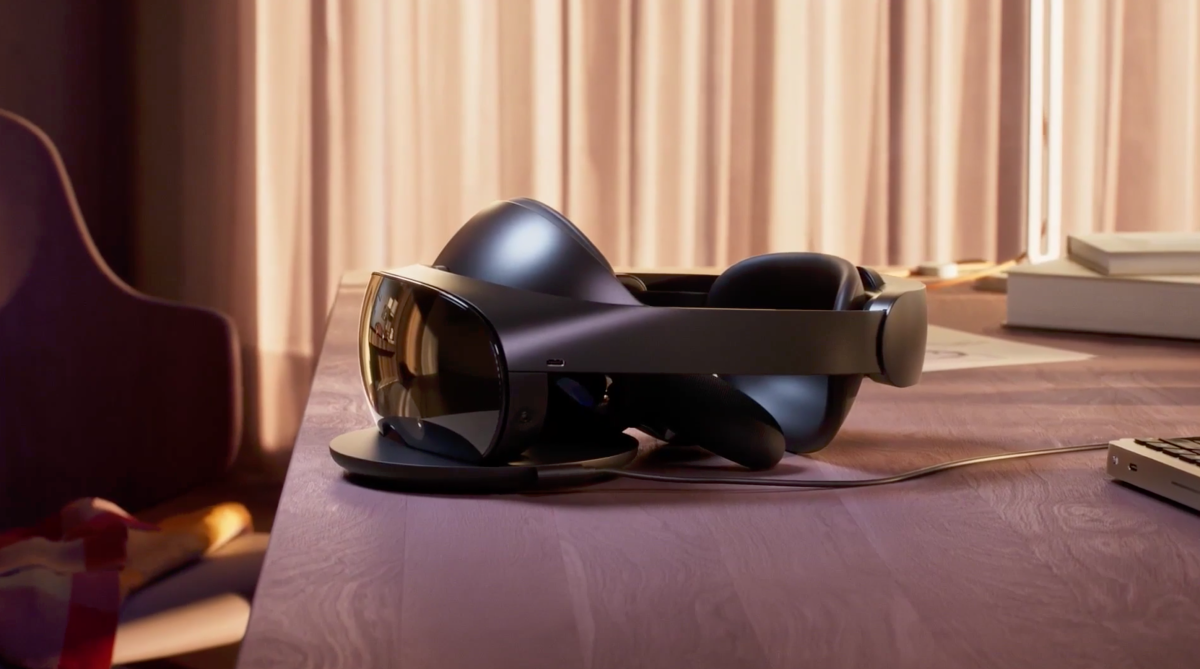
The advancements in VR toolkits are having a profound impact across various sectors, moving beyond entertainment into critical professional applications.
A. Revolutionizing Training and Simulation
- Realistic Training Scenarios: VR allows for highly realistic and safe simulations for high-risk professions (e.g., surgeons, pilots, emergency responders, factory workers), enabling practice of complex procedures without real-world consequences.
- Cost-Effective Training: Reduces the need for expensive physical equipment or travel for training.
- Personalized Learning: VR experiences can adapt to individual trainee performance, offering personalized feedback and repetition.
B. Enhancing Design and Prototyping
- Immersive Design Reviews: Architects, engineers, and product designers can walk through 1:1 scale models of their designs in VR, identifying flaws and making changes much earlier in the design cycle.
- Faster Iteration: Designing and prototyping in VR allows for rapid iteration and testing of concepts.
- Global Collaboration: Distributed design teams can collaborate in shared virtual spaces, overcoming geographical barriers.
C. Transforming Education and Research
- Engaging Learning Experiences: VR brings abstract concepts to life (e.g., exploring the human body, walking on Mars, reliving historical events), making learning more engaging and memorable.
- Scientific Visualization: Researchers can visualize complex datasets and simulations in 3D, gaining new insights and facilitating discovery.
- Virtual Field Trips: Providing access to locations or experiences that would otherwise be impossible or too expensive to visit.
D. New Forms of Entertainment and Social Interaction
- Unprecedented Immersion: VR games and experiences offer a level of immersion impossible with traditional flat-screen media.
- Virtual Social Spaces: Platforms like VRChat and Rec Room allow people to connect and socialize in virtual environments, overcoming physical distances.
- Interactive Storytelling: VR enables narrative experiences where the user is an active participant rather than a passive observer.
E. Empowering Diverse Creators
- Lowered Barrier to Entry: User-friendly engines and no-code/low-code VR tools make it possible for artists, educators, and even non-programmers to create compelling VR experiences.
- New Creative Mediums: VR opens up entirely new artistic expressions and storytelling possibilities.
Challenges and Considerations
Despite the rapid advancements, developing for VR still presents unique challenges that creators and organizations must address.
A. Performance Optimization
- High Demands: VR requires incredibly high frame rates (typically 72-120 frames per second) to prevent motion sickness. This demands rigorous optimization of models, textures, lighting, and code.
- Hardware Diversity: Optimizing for different VR headsets (PC VR, standalone, console VR) with varying computational power is a complex task.
B. User Experience (UX) and Ergonomics
- Motion Sickness: Designing to minimize motion sickness (e.g., smooth locomotion, clear orientation cues, stable frame rates) is critical.
- Intuitive Interaction: Designing natural and intuitive interactions in 3D space, whether with controllers or hand tracking, is more complex than 2D UI.
- Onboarding: Guiding new users through VR experiences effectively.
- Comfort and Wearability: Hardware limitations (weight, heat, field of view) still impact user comfort for extended sessions.
C. Content Creation Workflow
- 3D Asset Pipeline: Creating high-quality 3D models, textures, and animations for VR is resource-intensive and requires specialized skills and tools.
- Optimization Challenges: Converting existing 3D assets to be VR-ready (optimizing polygon count, draw calls) can be complex.
D. Monetization and Distribution
- Smaller Market Size (Compared to Flat-Screen Gaming): While growing, the VR user base is still smaller, posing challenges for content monetization.
- Platform Fragmentation: Distributing content across multiple VR platforms (Meta Quest Store, SteamVR, PlayStation Store, Pico Store) requires different deployment strategies.
E. Data Privacy and Security in VR Environments
- Biometric Data: VR headsets collect sensitive data (e.g., eye-tracking, hand gestures, potentially heart rate). Ensuring this data is secure and used ethically is paramount.
- Virtual Space Security: Protecting user privacy and preventing harassment in social VR environments.
F. Accessibility and Inclusivity
- Ensuring VR experiences are accessible to users with various disabilities (e.g., visual impairments, limited mobility) is an ongoing design challenge.
- Motion sickness can be a significant barrier for some users.
Conclusion
The evolution of Virtual Reality toolkits is a testament to humanity’s relentless pursuit of new frontiers in digital immersion and interaction. From foundational game engines to specialized SDKs, advanced 3D modeling software, and the transformative power of AI and cloud computing, these instruments are empowering a new generation of creators to build worlds that were once confined to imagination. They are enabling experiences that not only entertain but also educate, train, and connect us in profoundly impactful ways.
While the challenges of performance optimization, user experience design, and data privacy remain significant, the continuous advancements in these toolkits are steadily making VR development more accessible, efficient, and powerful. By embracing these cutting-edge instruments, designers, developers, and organizations can unlock unparalleled opportunities to shape the future of human experience, creating immersive realities that transcend the boundaries of the physical world. The canvas of virtual reality is vast, and with these evolving toolkits, the possibilities for creation are truly infinite.



